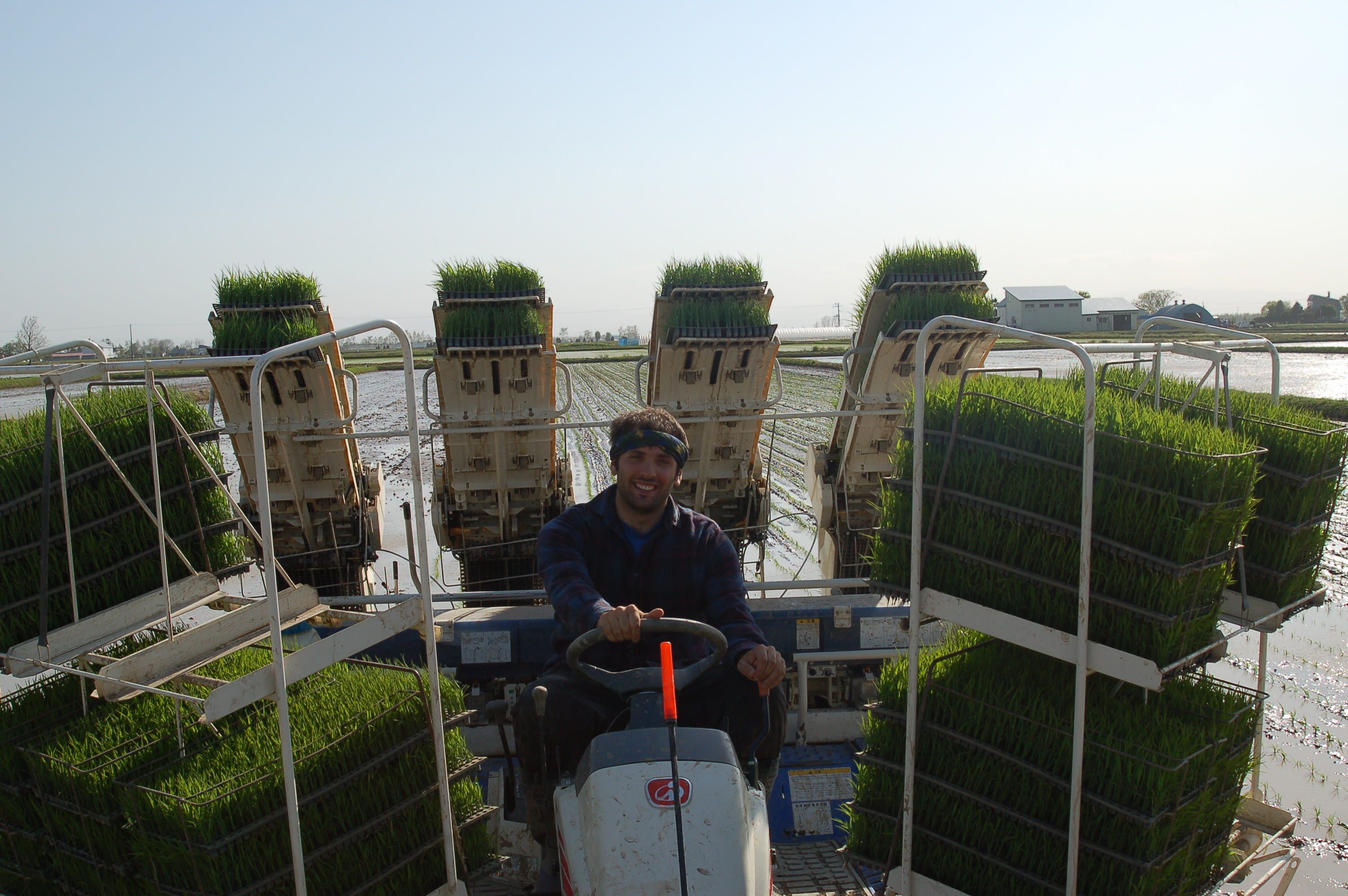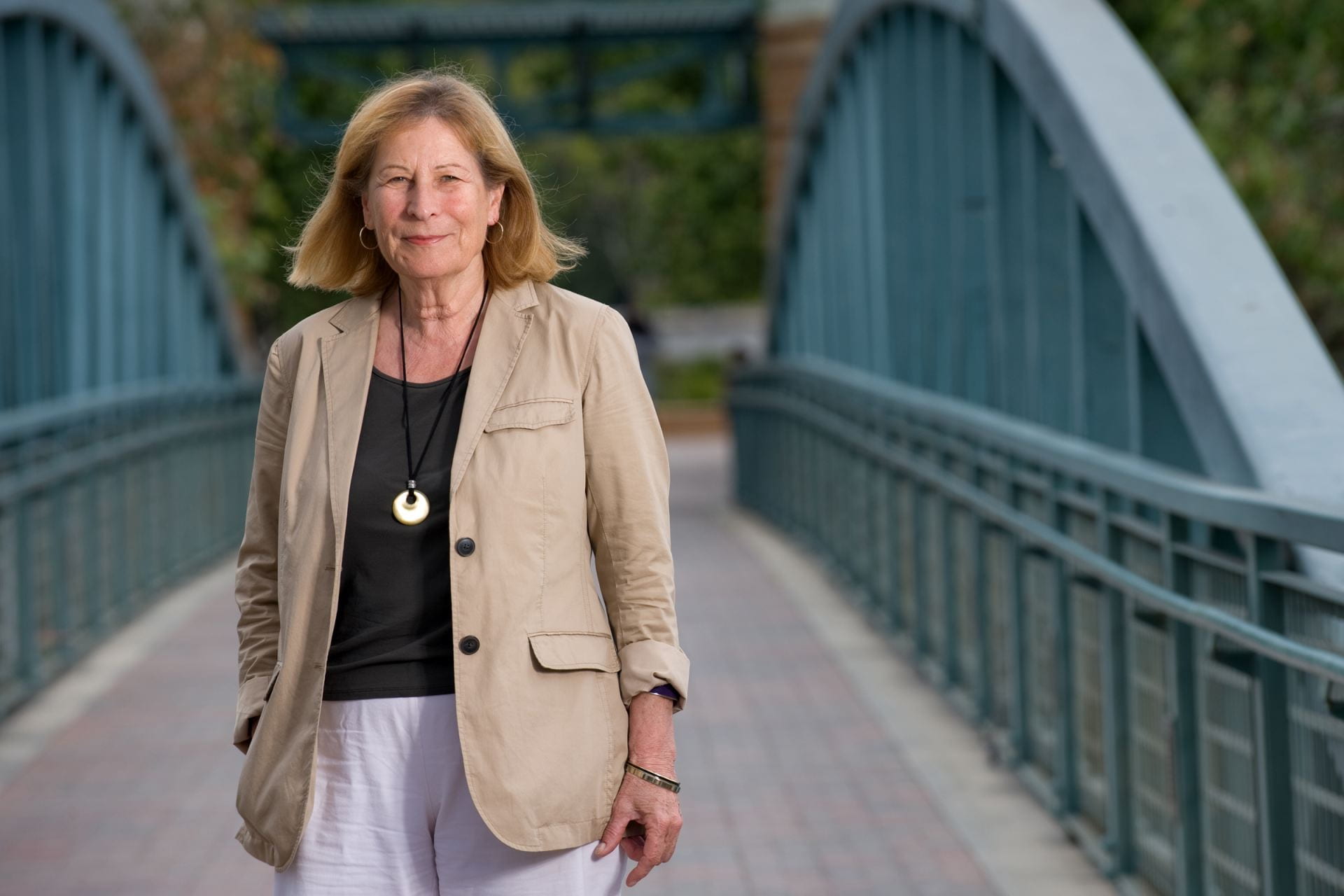Justice league
Social ecology faculty highlight deficits in effort to improve law enforcement, court processes and corrections

The pursuit of justice is winding, difficult and, in many cases, anything but just. Misinformation about crime trends drives bad policy, fines and fees subjugate poor people, trials turn on false evidence, and prisoners suffer under inhumane conditions.
Professors in UCI’s School of Social Ecology are studying every step in the path toward justice, and their work promises to make the criminal justice system more fair for all. Problems, they have discovered, arise at the very beginning, when policies are first made – often with little regard for science.
For example, anti-immigrant policies, which have abounded recently, are driven by the assumption that immigrants commit more crimes than do native-born people. Charis Kubrin, professor of criminology, law & society, says that’s not true.
In a meta-analysis of 51 studies examining the relationship between immigration and crime, she found that immigration does not raise crime in communities and, in fact, is actually two and a half times more likely to be associated with lower crime levels than higher ones.
“We need to base policy on the best available information,” Kubrin says. “Sometimes, the evidence hasn’t been collected or analyzed in time for policymakers to act. But often the evidence is there; it just has to be heeded.”
For years after Proposition 47 was implemented in 2014, it was blamed for upticks in crime in California, despite no scientific corroboration. Many people figured that since the measure lowered prison populations – by reclassifying certain drug and petty theft offenses from felonies to misdemeanors – it must have prompted a rise in crime.
That’s also false, according to another study by Kubrin that compared California’s post-Proposition 47 crime levels to those of a synthetic control group.
Money, mental issues
The first contact most people have with the criminal justice system is when they get a ticket for speeding or a parking violation.

A dense web of fines and fees can end up entrapping the poor, says Bryan Sykes, UCI assistant professor of criminology, law & society, who is on a multi-university team examining such monetary sanctions in eight states, including California.
Collection fees, court-ordered treatment programs, court and conviction fees, penalty assessments, restitution fines, probation costs and interest can all cause the base fine to soar beyond legislated values for an offense.
“Many Californians are forced to make difficult trade-offs between paying their monetary sanctions or buying groceries, paying rent and purchasing other necessities,” Sykes says. “Poor people who are unable to pay routinely owe hundreds or thousands of dollars for relatively minor offenses with low base fines.”
He’s currently interviewing court personnel such as judges, prosecutors, defense attorneys, clerks and probation officers to assess their understanding of the monetary sanctions system in California.
More serious crimes result in arrest, which can have grave mental health effects, according to research by Naomi Sugie, UCI assistant professor of criminology, law & society. Every year, more than 10 million people are arrested in the U.S., only a fraction of whom are incarcerated. But for those who are, the arrest experience accounts for more than half the mental health impact associated with prison.
“The stigma, powerlessness and alienation that come with being arrested, not to mention the time-consuming bureaucratic process and uncertainty about the future, take a severe mental toll,” Sugie says.
Trials and errors
Trials themselves are subject to misapplications of justice. For one thing, eyewitness testimony can be inaccurate, as Elizabeth Loftus, UCI Distinguished Professor of social ecology, has demonstrated.
She began conducting experiments in the 1970s showing how easy it is to instill false memories in individuals’ minds. In the 1990s, many plaintiffs started bringing to court claims of abuse or other traumas based on repressed memories from childhood. Loftus quickly became famous in her field for giving expert testimony – backed by her research – that memories could be planted not only in young children, but also in adults through suggestive questioning and other techniques.
“The criminal justice system relies so heavily on eyewitness testimony,” she says. “The growing realization that eyewitnesses aren’t always reliable really shook the system.”
Sometimes new evidence emerges years after conviction. Since 1989, nearly 2,200 people have been exonerated, according to the National Registry of Exonerations, a project hosted by UCI’s School of Social Ecology that documents cases of individuals who were wrongly convicted of a crime and then cleared by new evidence. The registry was founded in 2012 and moved to the school’s Newkirk Center for Science & Society in 2017.
Over the past decade, criminal justice reforms have spread around the country, with punishments becoming less severe and incarceration declining in many states. In the last year, however, there have been signs that the U.S. Department of Justice is seeking to revert to the harsh sentences of the 1970s, 1980s and 1990s.
In particular, Attorney General Jeff Sessions has made it a policy priority to pursue stiffer penalties for drug crimes, notes Mona Lynch, UCI professor and chair of criminology, law & society, who has studied federal drug crime laws.
“We seem to be going backwards, at least at the national level,” she says. “At the state level, we’re still seeing a lot of bipartisan cooperation on a more humane, more fair and less costly criminal justice system.”
Correctional conditions
Reformers have also focused on inequitable and sometimes grim conditions in prisons. Research by Valerie Jenness, UCI professor of criminology, law & society, and Kitty Calavita, Chancellor’s Professor emerita of criminology, law & society, found that prison administrators deny nearly all grievances submitted by inmates, leading to a deep sense that there are scant avenues for redress.
Prisoners file grievances for an array of reasons, some of them life-or-death, such as when the temperature soars in the cell blocks or medical treatment is delayed. Other times, they’re appealing allegations of misconduct that delay their release date, effectively prolonging the time they spend behind bars.
One of the most severe punishments that inmates are subjected to is solitary confinement. After a series of prison revolts across the United States – including one in New York’s Attica penitentiary in 1971 that left 43 people dead – officials started building maximum-security facilities and holding inmates perceived as dangerous in solitary cells, sometimes for years at a time.
Keramet Reiter, UCI assistant professor of criminology, law & society, has documented the rise of long-term solitary confinement and its effect on the human psyche, especially at the supermax Pelican Bay State Prison in Northern California.
“Modern solitary confinement is better than the squalid and unsanitary dungeons of centuries past, but it’s still a cruel punishment,” she says. “Prisoners can be locked in solitary indefinitely on the whims of prison officials – and the prisons are usually hundreds of miles from major cities, so people don’t know about it. We really need to shine a spotlight on this issue.”


